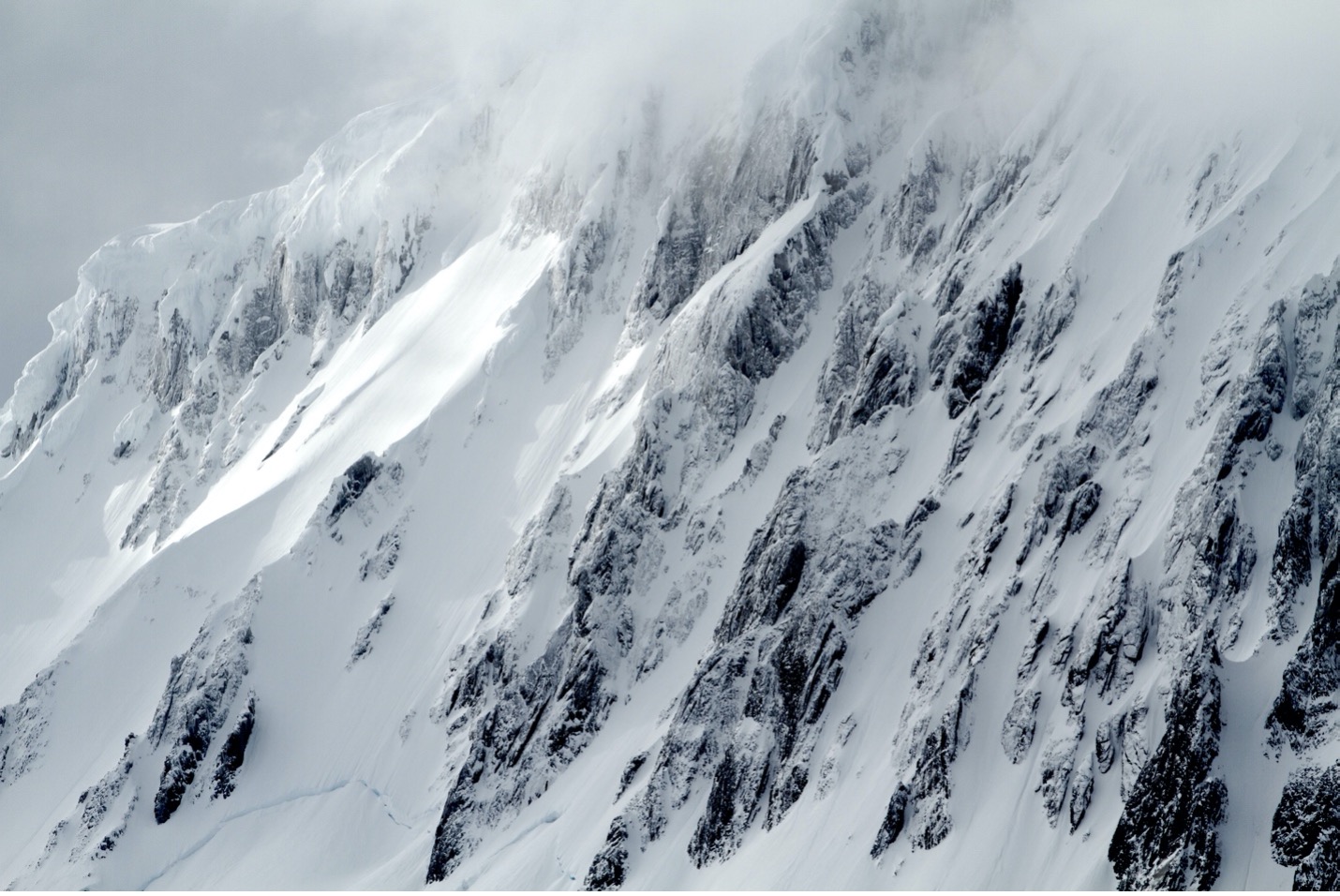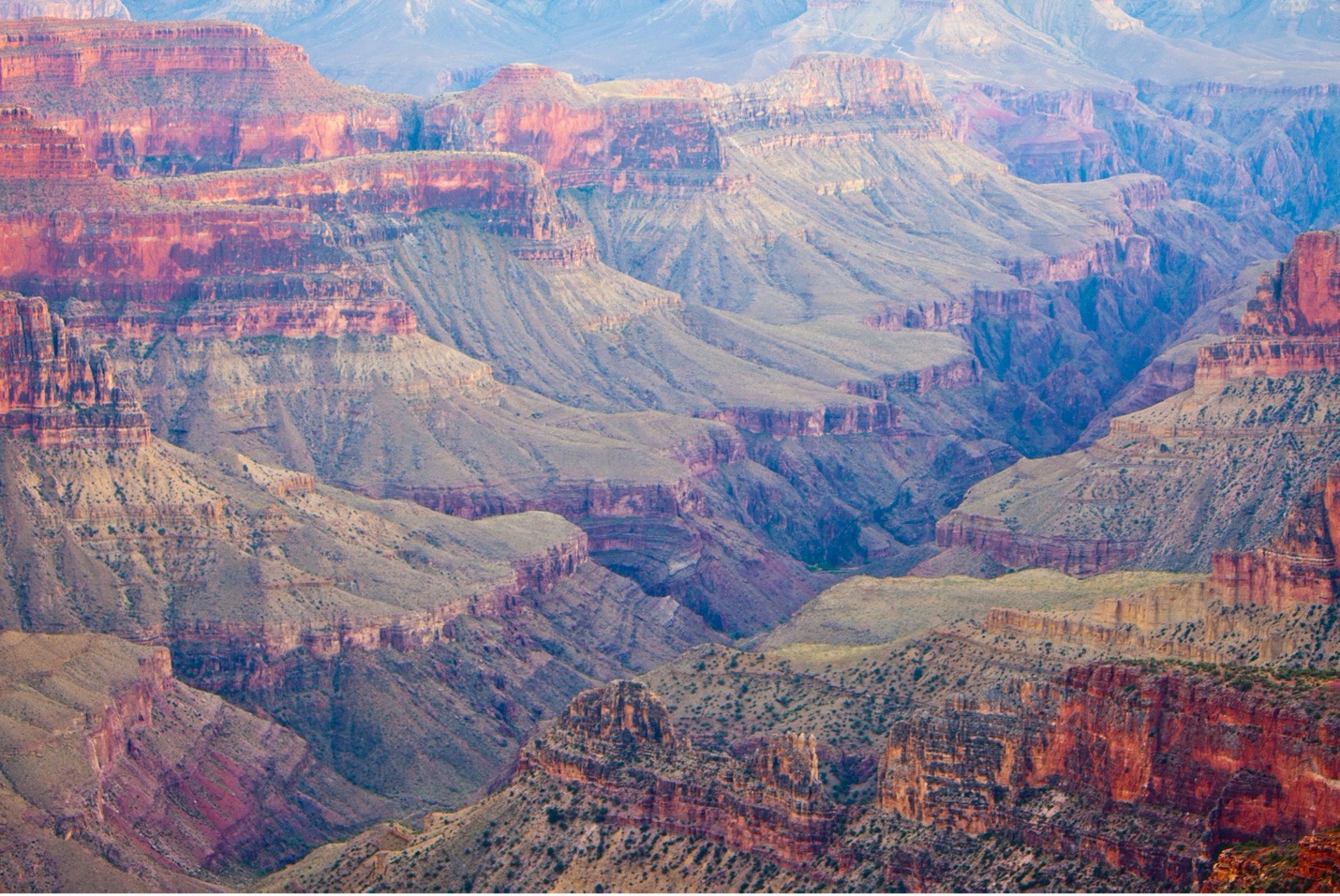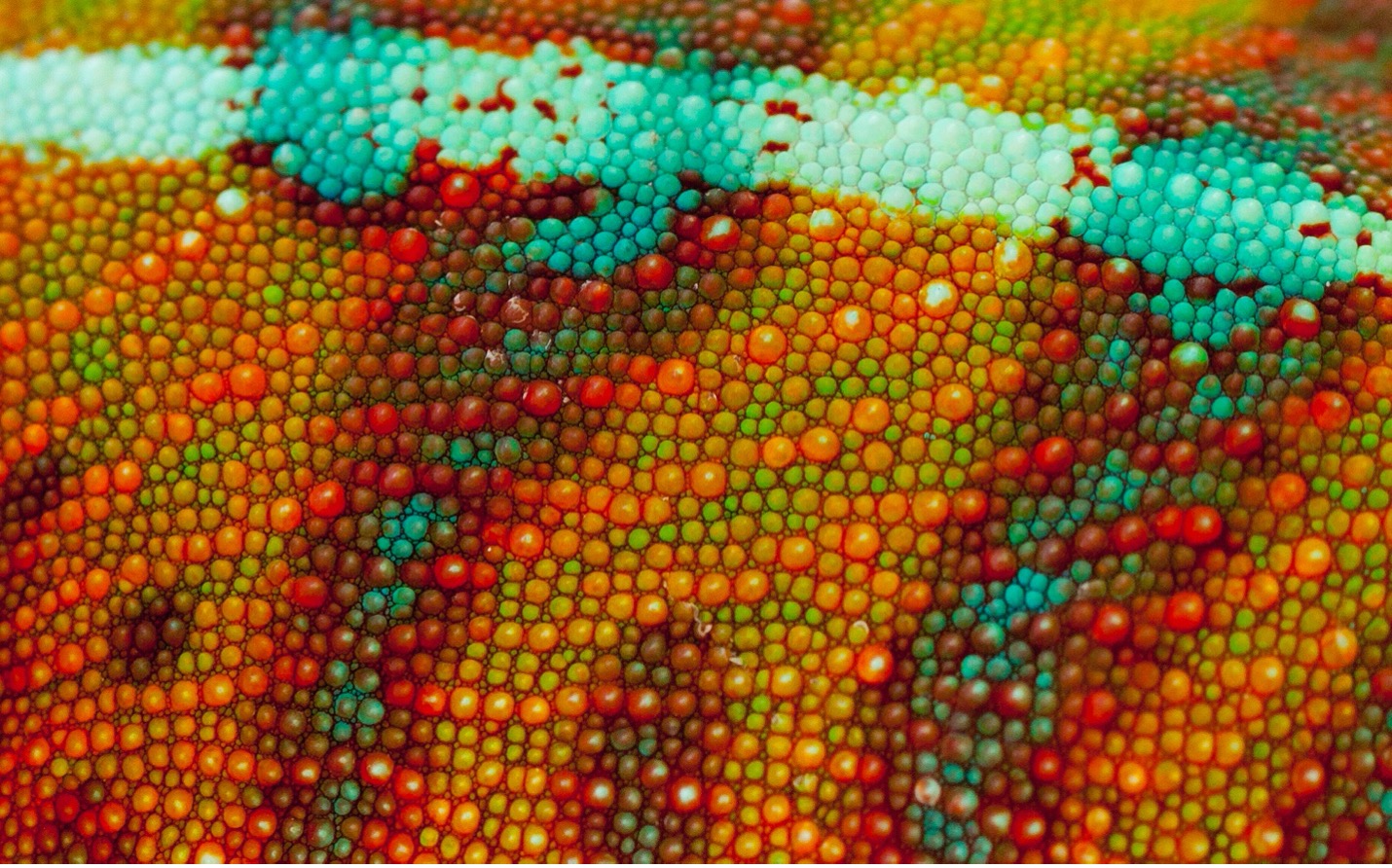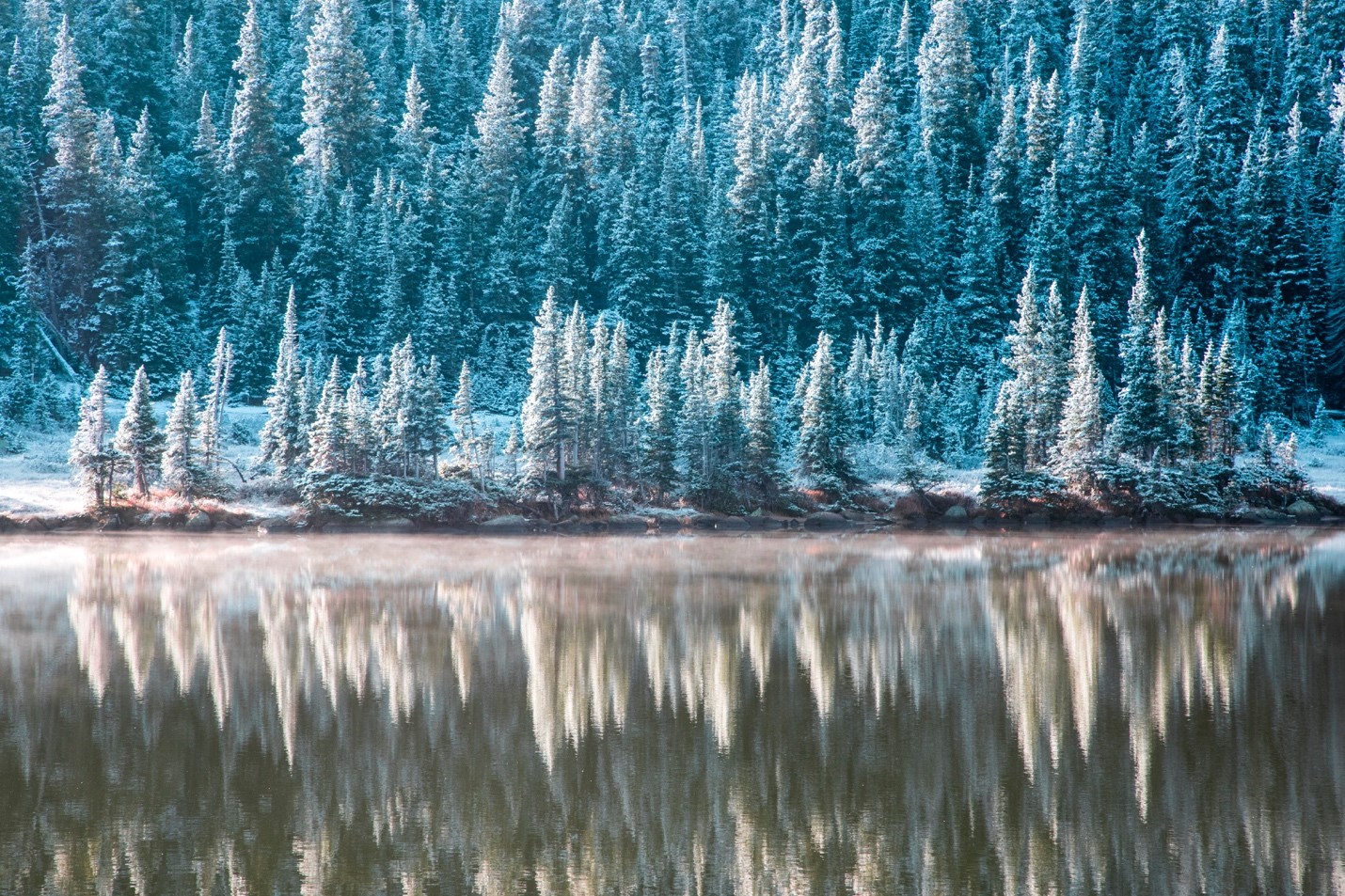
Photographing the Patterns of Nature
When you’re out in the wild world photographing nature, you’re going to see some rather extraordinary things. Whether it’s witnessing polar bears sparring on the tundra or a tiger slowly slinking out of a waterway, the big stuff tends to get us to drop everything and focus on the spectacle at hand.
But then there are other times that we, as nature photographers, must retrain our brains to see photographic opportunities a little differently.
Today, I’d like to key you into the many patterns of nature that surround us no matter where in the world we’re photographing nature.
The trick is that these photo opportunities are often rather unassuming, and they may not pop out to you due to size, location, or just being generally “unimpressive” as you saunter by on a trail or become distracted by a more majestic view elsewhere.
I often refer to these as “desktop background” style photos, as they remind me of the options you have to use on your computer of phone screen background. They are usually rather simple, yet intriguing…ornate, yet structured.
Let me start off by giving a few examples, and then we’ll get into my go-to settings for how to capture scenes like these.

Beaches around the world provide a fantastic canvas for photographing the patterns of nature. They are often filled with numerous, small subjects that when put together form a very intriguing mosaic. Above, the “sand” of a beach in the Galapagos Islands showcases how very different sand can be around the world. Small, yet perfectly formed sea shells and urchin spines fill the frame and provide a unique pattern and texture.

Sometimes bigger is better. In the above example, I’m using the rocky face of a mountain in Antarctica to showcase textures and patterns of nature. The unique thing here is that it’s always VERY tempting to compose your shot using the whole scene—especially if in front of a spectacular mountain in Antarctica. However, a classic technique is to break the scene into smaller components. This is an extreme example of this, and I’m just using the lines of the rocks, snow, and shadows to create a bit of an impressionist scene.
Photo opportunities like these often arise in mountainous landscapes, forests, with individual trees, and even canyons and deserts like below.

Perched on the edge of the Grand Canyon’s North Rim, I’m tempted to take in the entire scene for every photo. After all, it is the Grand Canyon, and it’s spectacular! However, I’m using lots of telephoto power here to zoom way into the scene and really focus on just a small, small fraction. Here I’m using the patterns of repetitive side canyons, the layers of sedimentary rock, and the strong bisector going diagonally down the middle (bright angle canyon) to create a patterned photo that is simple and complex all at the same time.

Getting back to “the small stuff” here, water droplets can provide for another example where the simple pattern exhibited can be rather fascinating when they fill the frame in this edge-to-edge composition. The uniform pattern and color of the leaf underlies the uniform pattern and texture of the water droplets. This is a great thing to keep an eye out for when photographing in rain forests of the world.

In a similar “droplet” style, the patterned texture of reptile skin can be extraordinary to photograph in this edge-to-edge style of composition. While here a harmless chameleon lets me get up close, it goes without saying that some reptiles aren’t as cooperative, and some of the serpent variety shouldn’t be approached at close range unless with a guide.
Nevertheless, this illustrates the point perfectly that we often get distracted by the full spectacle at hand, in this case a stunning male panther chameleon, that we must train our brain to think outside the box and seek such edge-to-edge patterns to really increase the depth of our photographic range and portfolio.

And as a final example, trees and forests are an exquisite place to practice finding and capitalizing on repetitive patterns in nature. Here the tree trunks provide the lion’s share of such texture and patterns, but the ferns and other undergrowth below could easily have taken that role had I chosen to compose the photo differently. The choice is yours, and now you know what to look out for!
What camera settings work best?
This is obviously subjective, as most photography can be. However, my personal favorite “go-to” settings are those that maximize for a very wide depth of field. That is, I’m trying to get as much in tack sharp focus as possible…most of the time (a notable example of the contrary with the above water droplet shot).
Thus, I’m getting my camera set up at an f/8 or f/11 for starters. This usually means that I will need a slower shutter speed and/or a higher ISO to balance out the small aperture opening an f/11 equates to. But the great thing about most patterns and textures is that when photographed, noise or grain from a high ISO seems to be only a minimal issue. Noise and grain tend to be most visible and obvious when there is a lot of negative space, like dark skies and such.
In addition to a camera setting that will ensure a wide depth of field, you can position yourself and your camera in a way that most elements of the scene are perpendicular to your camera. That is, trying to ensure that most of the scene is located at equal distances to your lens will give your depth of field an extra kick. This isn’t always possible in nature, but for general travel photography, I’m often able to orient myself and my camera to do just this—especially in one of my favorite travel pasttimes…market photography!

By squaring myself up so that I am very centered on my subject (or subjects), I maximize focus for as much of my scene as possible.
In some cases, I will aim to do the opposite, where I will purposefully shoot at a shallow depth of field, like an f/4 or f/2.8, and orient myself at an angle so that I am taking just “a slice” of focus. Again, this is very situational, and as you’re learning these techniques it’s valuable to try all techniques until you find your vibe.
Composition is King
A cornerstone to the success of these photos, in my opinion, is being very deliberate about composition. What I believe packs the most punch and gives these pattern-style shots their “desktop background” look is to compose your photos with a fill-the-frame or edge-to-edge mentality. That is, you are having the scene really extend beyond the borders of your frame, making that which is in the frame all the more grandiose.
Take a look at the above examples and you’ll notice that none have open space on the sides or blank margins. They all extend edge to edge with the patterns at hand.

As with most photography, starting with basic rules of composition is a great idea. Think about how you can use the rule-of-thirds or the phi grid or the fibonacci spiral in your composition. Or see if there are any leading lines you can incorporate.
However, what you’ll quickly notice, is that with the big patterns you’re capturing, composition is actually a tad less important than with photos which have lots of negative space, or big wildlife where you need to pay attention to multiple components of the scene. The beauty of patterns is that it really is just one big component, repeated over and over. Thus, composition can be much more subtle and less rigid.
And there you have it! Maybe not a revolutionary type of photography, but nevertheless one that is rewarding and captivating. Perhaps the biggest benefit is encouraging you, the photographer, to always look a little deeper to see what others may be missing.
Cheers!

Court
2 Comments

Pat Marron
August 29, 2021 at 11:14 am

Court Whelan, Ph.D.
August 31, 2021 at 12:46 pm
This is a good reminder for me. In the past I have taken some photos like this to use as a background on a photo book page. It can be faded out to provide an interesting backdrop for photos from that particular place.
great point, Pat! Fully agree!